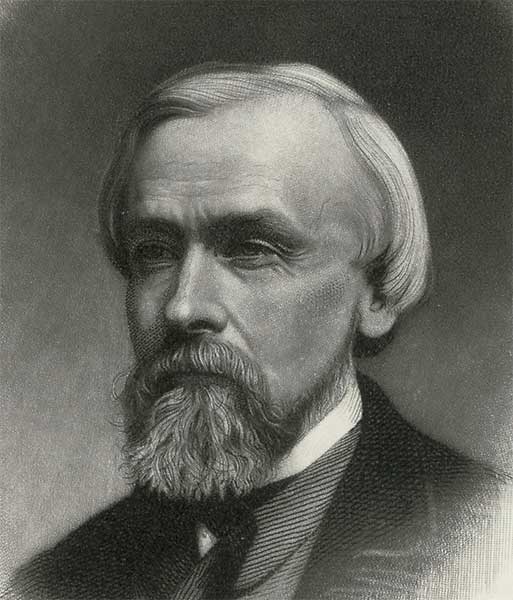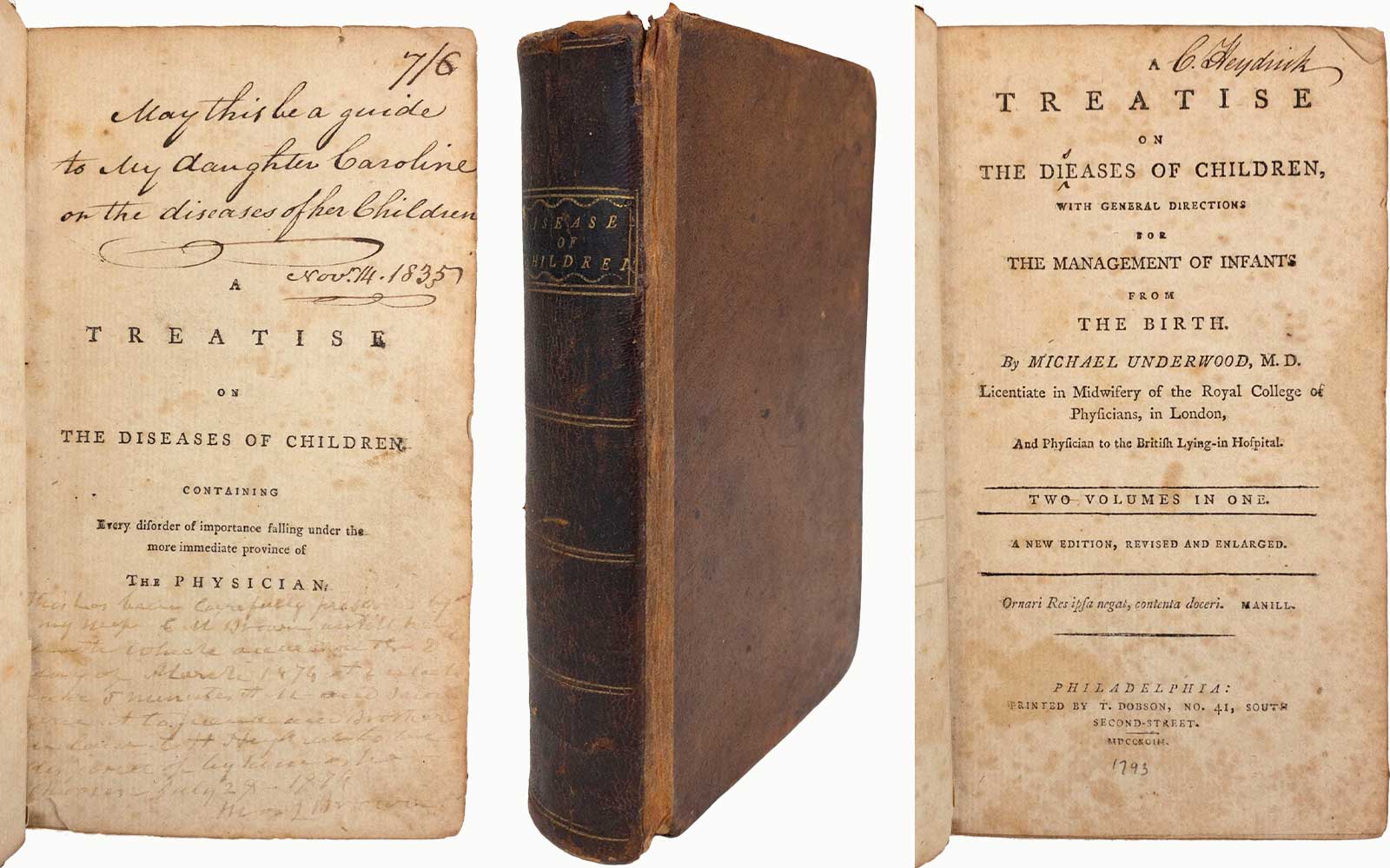When its last page is printed, a newly-completed book is not a unique item. It is part of an edition—perhaps a very small edition, but an edition nevertheless—consisting of a number of identical volumes. Once that book leaves the bookseller’s storefront, however, it embarks on a distinctive journey that may leave a mark in a variety of ways. The marks (such as bookplates, inscriptions, and annotations) that name, or hint at, the identities of previous owners fall into the category of provenance and layer an additional unique narrative over the published contents of the book.

An illustrious provenance may make a particular copy of a work, even a work already famous in its own right, more compelling. For example, the first edition of Paradise Lost in this collection bears the inscription of Evert Augustus Duyckinck (1816-1878), an American editor and biographer. Duyckinck moved in elite literary circles and was known for shaping the careers of multiple prominent writers of his generation. As part of his prolific editorial career, he was responsible for selecting the tales included in Edgar Allan Poe’s Tales (1845). He was also a close friend of Herman Melville, to whom he is known to have loaned books–including, intriguingly, a copy of Paradise Lost.

Famous associations are not the only criterion for a fascinating provenance, however. Another work in this collection, A Treatise on the Diseases of Children (1793) by Michael Underwood, includes two inscriptions on the half title page. The first reads: “May this be a guide to my daughter Caroline on the diseases of her Children,” and is dated November 14, 1835. The second inscription, apparently written by Caroline’s husband, Thomas, states that the book was “carefully preserved” by Caroline until her death in 1874, and that Thomas is now gifting it to his brother-in-law, C.H. Heydrick. On the title page, the name Christopher Heydrick appears in neat cursive. While it has not been possible to definitively associate these names with particular historical figures, these inscriptions nevertheless open a window into the life of three generations of a family.
Other marks of provenance provide additional details about prior owners: an armorial bookplate, for example, identifies the family of the owner and perhaps the specific member of the family to whom the book belonged; it may also lead to further discoveries about the location, interests, and historical significance of that owner. Annotations, another indicator of provenance, offer a snapshot of an owner’s reflections while reading the book. In each case, provenance enriches the book by offering a glimpse of its past lives and by creating a fellowship among owners past and present.
In addition to the examples cited above, this collection contains a selection of antiquarian volumes, limited edition works, and first editions bearing a range of provenance marks, from a tender inscription between a husband and wife to a copy of Hamlet bearing the bookplate of actor Cary Grant.